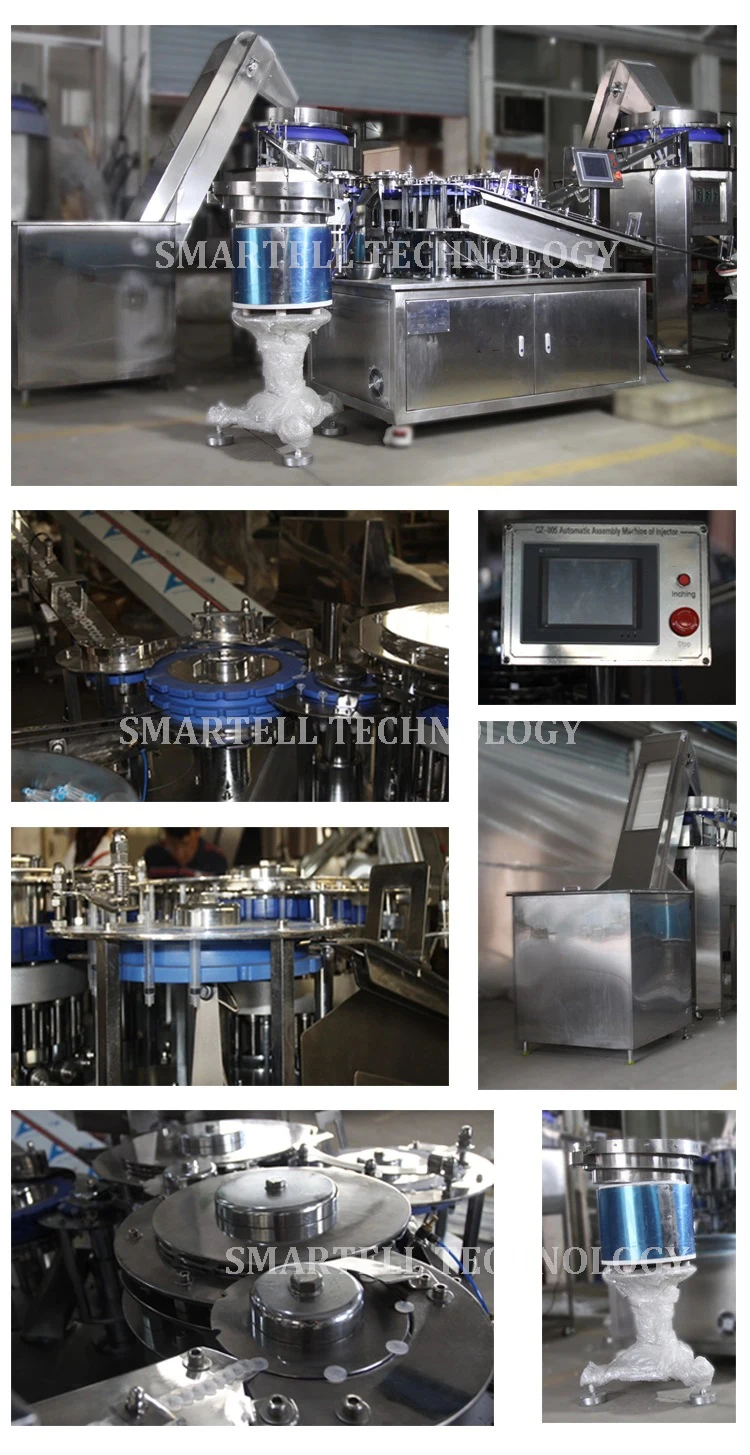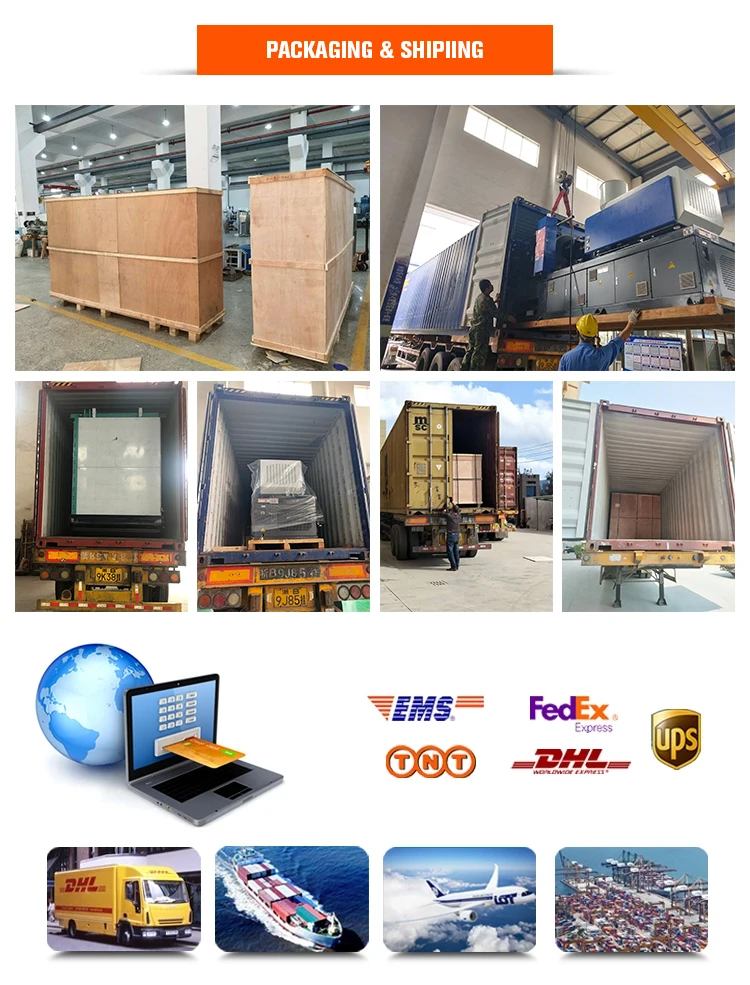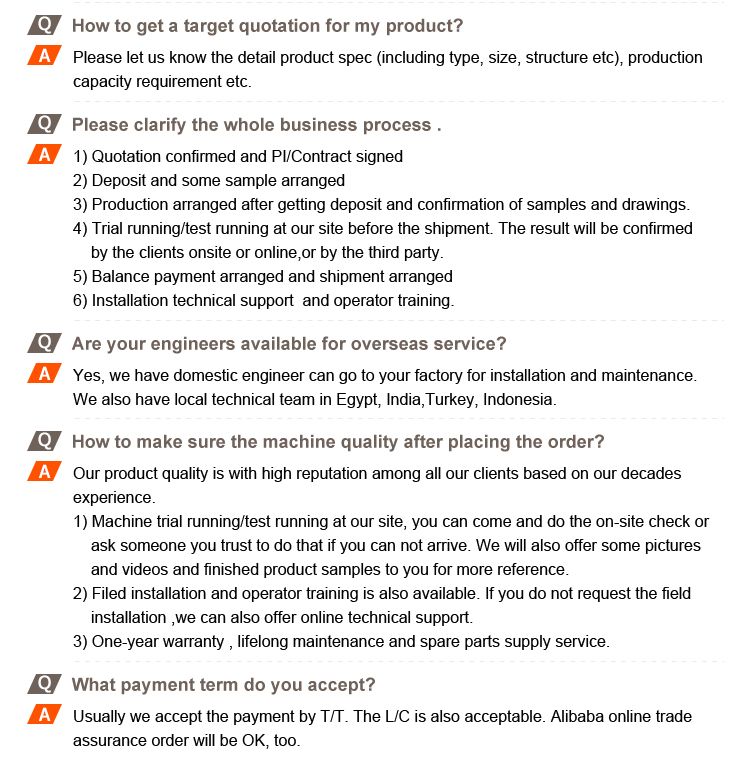| Availability: | |
|---|---|
| Quantity: | |
SMT-3305
Smartell





Technical Specifications
SPEC | Production Speed | Dimension | Weight | Power | Compressed air flow |
1ml | 200pcs/min | 4900x2700x2400mm | 1500 kg | AC220V/3KW | 0.3m3/min |
2-3ml | 220pcs/min | ||||
5ml | 230pcs/min | ||||
10ml | 200pcs/min | ||||
20ml | 170pcs/min | ||||
30ml | 150pcs/min | ||||
50-60ml | 120pcs/min |
All parameters and dimensions are subject to change without prior notice.





Technical Specifications
SPEC | Production Speed | Dimension | Weight | Power | Compressed air flow |
1ml | 200pcs/min | 4900x2700x2400mm | 1500 kg | AC220V/3KW | 0.3m3/min |
2-3ml | 220pcs/min | ||||
5ml | 230pcs/min | ||||
10ml | 200pcs/min | ||||
20ml | 170pcs/min | ||||
30ml | 150pcs/min | ||||
50-60ml | 120pcs/min |
All parameters and dimensions are subject to change without prior notice.
A fully automatic syringe assembly line integrates every step of the production process, eliminating the need for manual intervention. These assembly lines take full advantage of automation, with each machine connected via a centralized control system, ensuring efficient operation across the entire production chain.
The key processes within a fully automatic line include:
1. Component Feeding: At the start of the production line, each component of the syringe—whether it's the barrel, plunger, needle, or gasket—is automatically fed into the assembly system by automated feeders. These systems are synchronized to ensure that the right parts are delivered at the right time.
2. Component Inspection: After each component is fed into the system, vision cameras or sensors inspect each part for defects, size variations, and cleanliness. This ensures that defective parts are immediately discarded, maintaining the integrity of the final product.
3. Assembly: Robotic arms or automated assembly stations carefully combine the parts into the final syringe. Each component is securely attached, ensuring there is no misalignment or failure in the syringe's functionality.
4. Plunger Insertion and Testing: The plunger is inserted into the syringe barrel, and testing mechanisms ensure the plunger moves smoothly. If the system detects resistance or friction, the syringe is flagged for rejection.
5. Needle Attachment: In fully automated systems, the needle is automatically positioned, aligned, and securely attached to the syringe barrel. Precision here is crucial since any misalignment can cause the needle to be ineffective or dangerous.
6. Final Inspection: Once the syringe is assembled, a final quality control inspection is carried out, checking for things like leakage, misalignment, or improper assembly. Here, the vision system or other sensors might check for contamination, especially in medical applications where sterility is critical.
Packaging and Sterilization: After assembly, syringes are typically sterilized using methods like gamma radiation or ethylene oxide sterilization, then packaged into sterile, ready-to-use units.

automatic assembly machine,disposable syringe assembly machine,syringe hypodermic needle assembly line machine,syringe assembly machine,disposable syringe assembly machine,disposable syringe making machine
disposable syringe assembly machine,syringe assembly machine fully automatic,automatic syringe assembly machine
A fully automatic syringe assembly line integrates every step of the production process, eliminating the need for manual intervention. These assembly lines take full advantage of automation, with each machine connected via a centralized control system, ensuring efficient operation across the entire production chain.
The key processes within a fully automatic line include:
1. Component Feeding: At the start of the production line, each component of the syringe—whether it's the barrel, plunger, needle, or gasket—is automatically fed into the assembly system by automated feeders. These systems are synchronized to ensure that the right parts are delivered at the right time.
2. Component Inspection: After each component is fed into the system, vision cameras or sensors inspect each part for defects, size variations, and cleanliness. This ensures that defective parts are immediately discarded, maintaining the integrity of the final product.
3. Assembly: Robotic arms or automated assembly stations carefully combine the parts into the final syringe. Each component is securely attached, ensuring there is no misalignment or failure in the syringe's functionality.
4. Plunger Insertion and Testing: The plunger is inserted into the syringe barrel, and testing mechanisms ensure the plunger moves smoothly. If the system detects resistance or friction, the syringe is flagged for rejection.
5. Needle Attachment: In fully automated systems, the needle is automatically positioned, aligned, and securely attached to the syringe barrel. Precision here is crucial since any misalignment can cause the needle to be ineffective or dangerous.
6. Final Inspection: Once the syringe is assembled, a final quality control inspection is carried out, checking for things like leakage, misalignment, or improper assembly. Here, the vision system or other sensors might check for contamination, especially in medical applications where sterility is critical.
Packaging and Sterilization: After assembly, syringes are typically sterilized using methods like gamma radiation or ethylene oxide sterilization, then packaged into sterile, ready-to-use units.

automatic assembly machine,disposable syringe assembly machine,syringe hypodermic needle assembly line machine,syringe assembly machine,disposable syringe assembly machine,disposable syringe making machine
disposable syringe assembly machine,syringe assembly machine fully automatic,automatic syringe assembly machine




FAQ





FAQ
